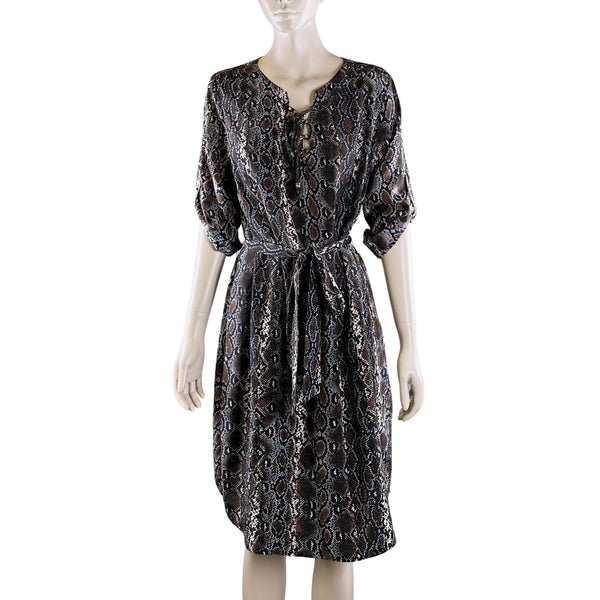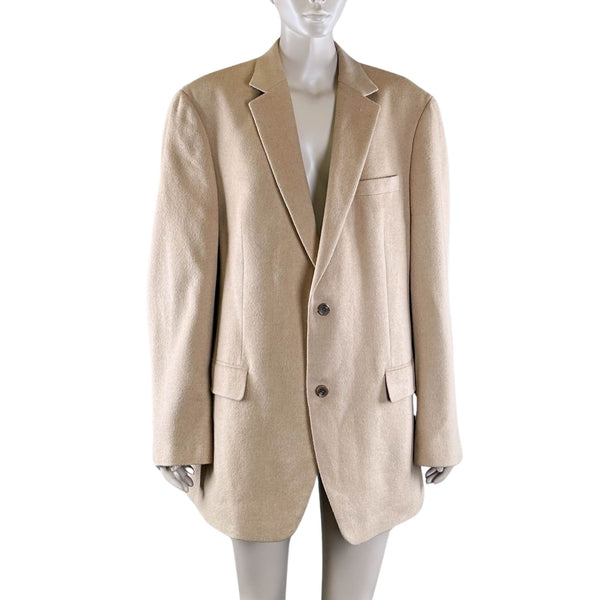Reasons to Start Shopping for Second-Hand Designer Clothes
In an era marked by both economic unpredictability and a heightened awareness of environmental impacts, the allure of second-hand designer clothes continues to grow. Expert understanding of this market not only provides insight into a thriving industry but also reflects a shifting consumer behaviour towards more sustainable and economically practical choices. Shopping for second-hand designer clothes https://shop.goodsammy.com.au/collections/designer isn't merely a passing trend; it is an informed decision backed by numerous benefits that extend beyond mere cost savings.
The professional angle includes a fusion of fashion industry insights with savvy consumer behaviour strategies. This combination enables shoppers to access premium products at reduced prices while contributing positively to environmental sustainability. As the market for second-hand designer clothes expands, understanding its dynamics helps consumers make informed choices that align with their lifestyle and budget.

Economic Reasons for Shopping Second-Hand Designer Clothes
Economic prudence stands as one of the most compelling reasons to shop for second-hand designer clothes. In a time when financial mindfulness is paramount, purchasing pre-owned designer pieces can be significantly lighter on the wallet. This affordability allows individuals to enjoy luxury fashion without the steep price tags associated with buying new. For those who savour designer labels, the second-hand market presents an opportunity to acquire high-end items at a fraction of their original cost.
Moreover, the resale value of designer clothes is an aspect worth noting. Unlike fast fashion items, designer clothes are crafted to withstand the test of time, not only in terms of style but also in quality. This durability makes second-hand designer items excellent investments. Shoppers can potentially resell their purchases later for similar or higher prices, especially if the items are well-maintained or gain vintage status.
Environmental Reasons for Shopping Second-Hand Designer Clothes
Environmentally, opting for second-hand designer clothes contributes significantly to resource conservation and waste reduction. The fashion industry is notoriously known for its substantial environmental footprint, encompassing high water usage, pollution, and textile waste. By choosing to buy second-hand, consumers reduce the demand for new clothing production, which in turn decreases the industry's overall environmental impact.
Shopping second-hand prolongs the life cycle of garments and prevents them from ending up in landfill prematurely. It is a direct combat against the fast fashion model, encouraging a more sustainable approach to consumption. This not only conserves natural resources but also minimises harmful emissions associated with manufacturing new garments. Thus, consumers who choose second-hand contribute actively to the preservation of the environment, endorsing a cycle of reuse that benefits the planet.
Quality and Durability of Second-Hand Designer Clothes
Discussing quality, second-hand designer clothes often boast superior craftsmanship compared to mass-market apparel. Designer garments are generally made with higher-quality materials and closer attention to detail. This elevated level of quality ensures greater durability, meaning that these items can endure multiple owners and still remain in excellent condition. The longevity of designer clothes makes them ideal candidates for resale and reuse, feeding into the circular fashion economy.
The durability of these garments also offers a practical advantage to the consumer. Investing in a piece that lasts longer reduces the need for frequent replacements, saving money in the long run. Additionally, the timeless design of many designer items means they can be worn across different seasons and trends, further enhancing their value and appeal in the second-hand market.

Ethical Reasons for Shopping Second-Hand Designer Clothes
From an ethical standpoint, buying second-hand designer clothes can alleviate some of the moral dilemmas associated with the fashion industry. These include issues related to labor practices, where the production of new garments often involves exploitative labor conditions. By diverting consumer spending from new purchases to second-hand items, the demand for new production decreases, potentially leading to a reduction in such exploitative practices.
Furthermore, second-hand shopping supports a more ethical economic model by promoting local businesses such as thrift stores and consignment shops. These businesses often play vital roles in their communities, providing local jobs and supporting local economies. Consumers who choose to buy second-hand are thus not only making a fashion statement but are also making a statement about their values and the type of industry practices they wish to support.
Unique Style and Individuality
Shopping for second-hand designer clothes opens up a world of unique and eclectic styles, offering pieces that are no longer available in mainstream stores. This exclusivity allows individuals to cultivate a distinctive wardrobe that stands out from the current trends dictated by fast fashion. Vintage designer items, in particular, offer an aesthetic that can be both nostalgic and timeless, providing a sartorial edge that is genuinely individual.
Moreover, building a unique style through second-hand pieces can be seen as a creative pursuit, where shoppers can explore different eras and fashions without being constrained by the current trends. This not only enhances personal style but also encourages fashion consciousness and appreciation for designs that transcend seasonal fads.
Conclusion
Embracing second-hand designer clothes offers a plethora of benefits that extend beyond the surface level of simply saving money. It is a choice that supports economic sensibility, environmental sustainability, quality craftsmanship, ethical consumerism, and unique personal style. As the fashion landscape continues to evolve, the second-hand market for designer clothes stands out as a conscientious choice for the modern consumer. By choosing to purchase pre-owned luxury garments, individuals can enjoy the dual benefits of indulging in high fashion while upholding their responsibility towards the economy and the environment.
